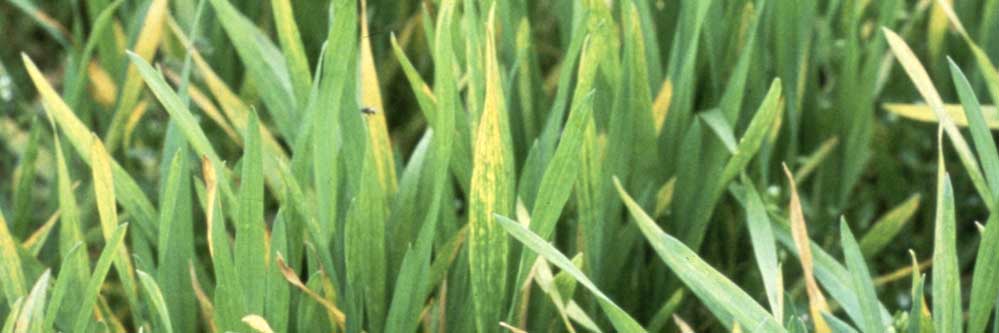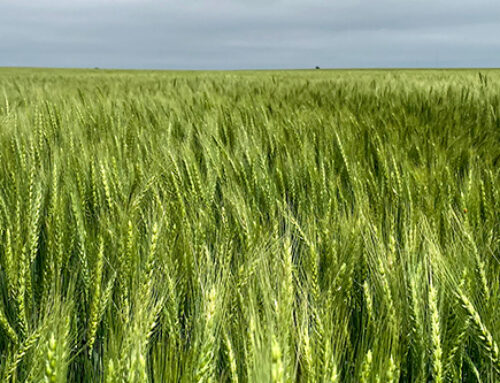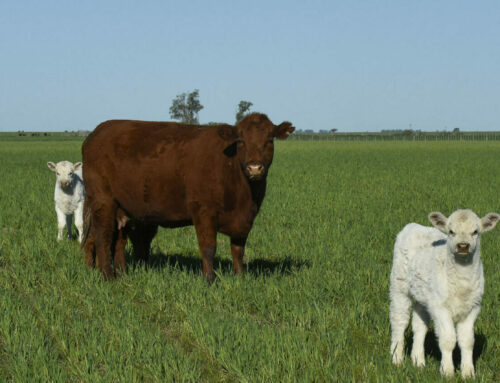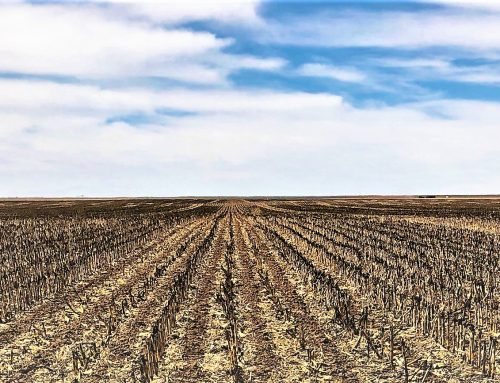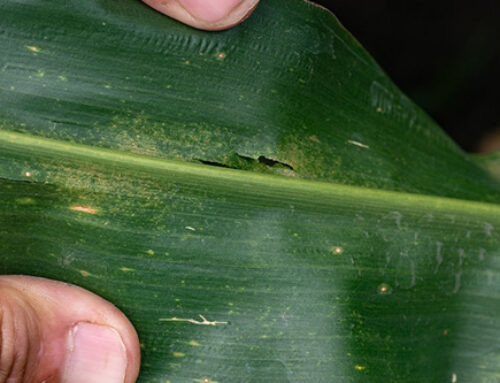 As wheat planting season approaches, a couple important questions arise. When should we kill the volunteer wheat, and how soon before drilling? Volunteer wheat needs to be controlled at least two weeks prior to drilling. This should eliminate the majority of pests that are using the volunteer wheat as a host. Producers may not have any control over the weather to help the wheat crop, but we can help reduce disease by controlling volunteer wheat.
As wheat planting season approaches, a couple important questions arise. When should we kill the volunteer wheat, and how soon before drilling? Volunteer wheat needs to be controlled at least two weeks prior to drilling. This should eliminate the majority of pests that are using the volunteer wheat as a host. Producers may not have any control over the weather to help the wheat crop, but we can help reduce disease by controlling volunteer wheat.
Timely control of volunteer wheat helps prevent wheat streak mosaic. Wheat streak mosaic is a virus carried by the wheat curl mite, and has become more of a problem the past few years. The small, oval shaped, white mites are too small to be seen by the naked eye. When wheat plants become infected in the fall, yield loss can be so severe that a producer may not be able to justify harvesting. Infected plants are typically stunted and have mottled and streaked leaves. Some varieties show more tolerance to wheat streak mosaic, but relying on resistance or tolerance does not alleviate the problem. Visit with your agronomist about the more tolerant varieties to see what fits your operation the best. But the best way to reduce wheat streak problems is to control volunteer wheat.
Controlling volunteer wheat will also help reduce barley yellow dwarf (BYD) and hessian fly issues. Barley yellow dwarf is spread by the bird-oat cherry aphid. There are several host plants; corn, grass, and volunteer wheat are the main hosts. The most noticeable symptom is stunting, due to the reduced internode length. BYD can hinder the plant from tillering, developing a strong root mass, and cause poor grain fill. Another reason to control volunteer wheat is the hessian fly. Typically, the hessian fly will show up during the summer in wheat stubble, and then will find its way to volunteer wheat as it emerges. Eliminating volunteer will take away their host and help reduce subsequent generations of the fly.
Protecting the upcoming wheat crop from chinch bugs and the banks grass mites is vital. Mite infestations become established during late summer and into the fall on volunteer wheat. As newly planted wheat emerges next to the volunteer, the mites will infect those young plants. Chinch bugs are mainly a concern in the Eastern parts of Kansas and Oklahoma. Reducing the hosts to these insects will help eliminate damage done to the wheat crop.
By controlling volunteer wheat, we will reduce the insect pressure that causes some of the main viruses we have in our wheat crop, and help us save soil moisture. We need to be good stewards of the land and prevent any issues that could lead to problems this fall. Consult with your agronomist to discuss what is best for your wheat crop this fall. Eliminating and reducing these pests will increase your chances of growing a successful crop.
Written by: Abbey Rudd, Bucklin, KS
Featured image by: Erik Stromberg, Virginia Polytechnic Institute and State University, Bugwood.org

